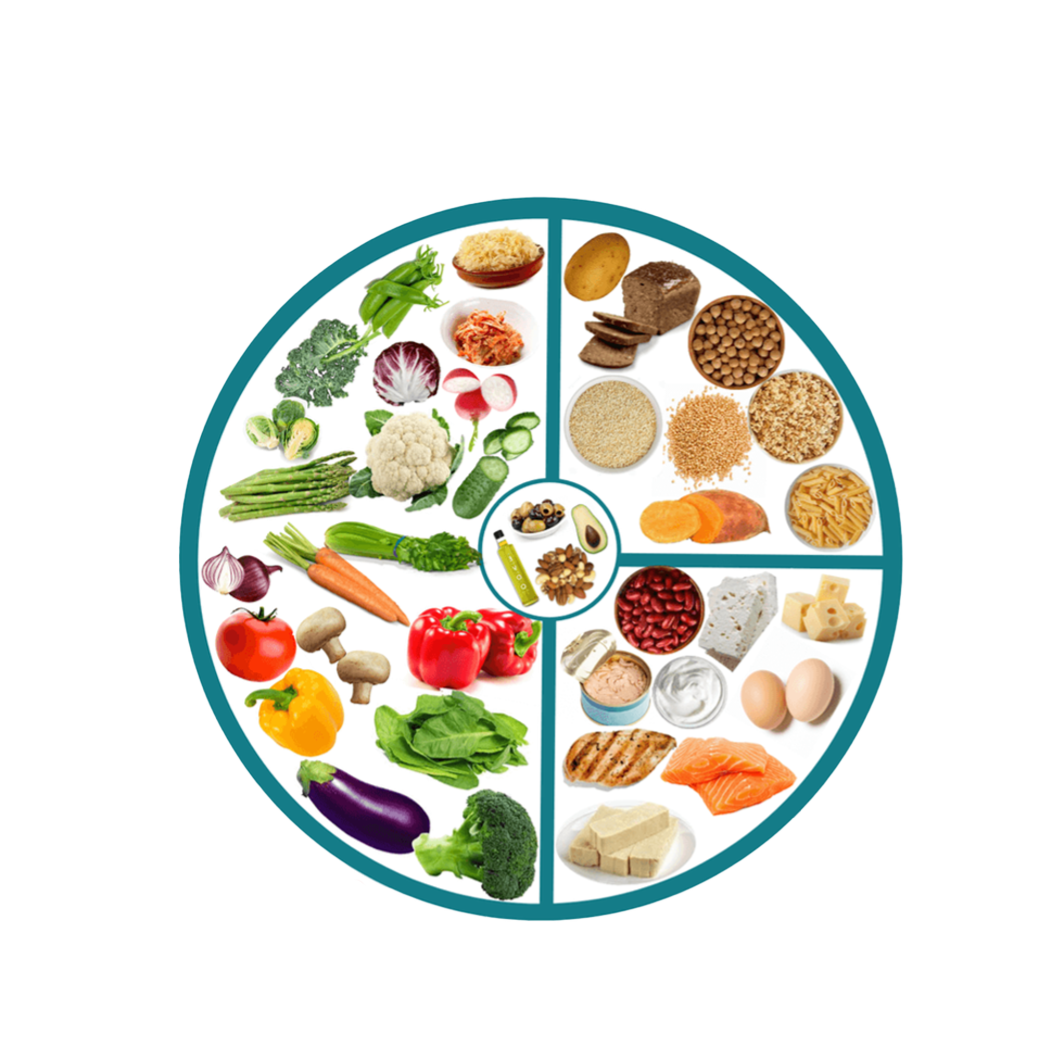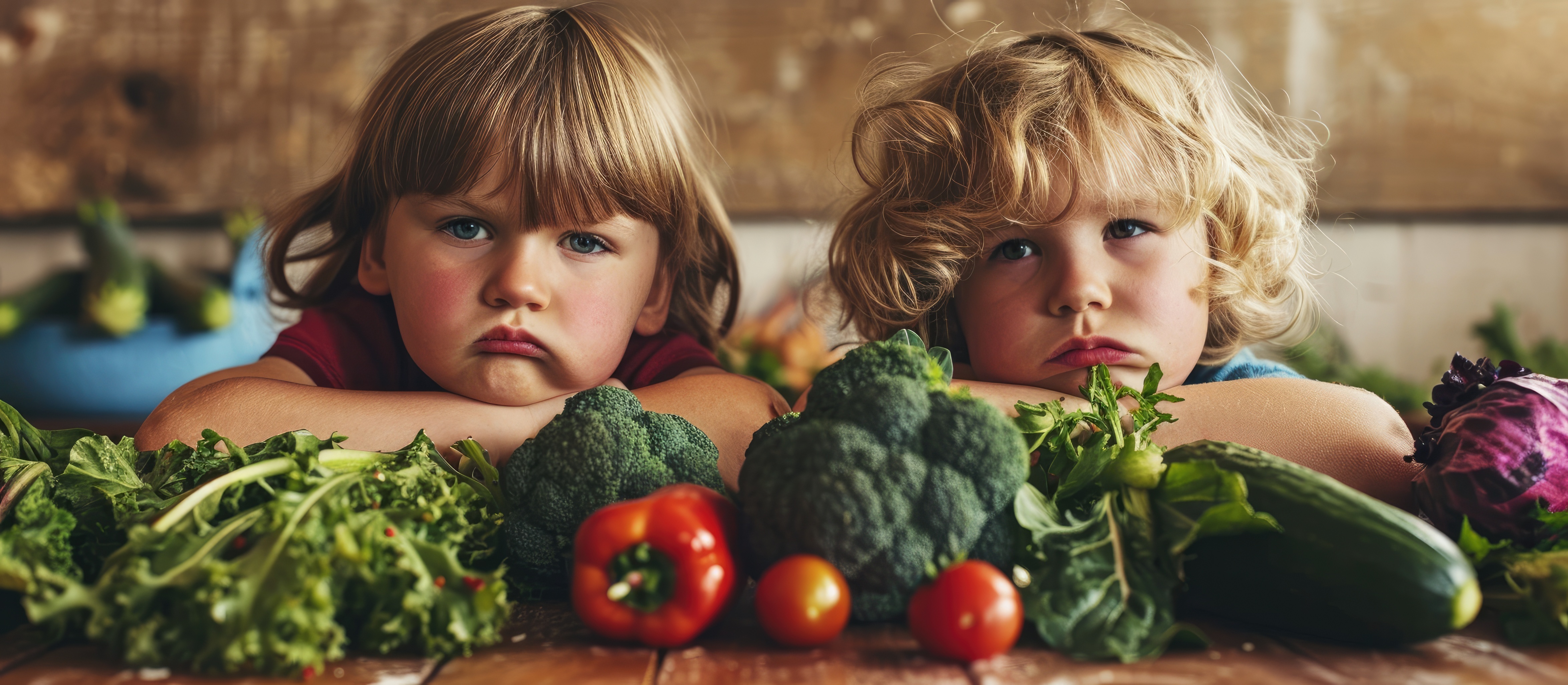Relationship with Food
The main reason for us to eat or drink something is because we are hungry or thirsty – ie, our body’s response to a need, eg more energy or hydration needed to keep us functioning. This is a ‘physiological need’.
But..... eating habits have changed.
Many of us now use food and drink to fulfil other ‘needs’ in our lives:
Heart Hunger – or emotional eating. We use food to comfort us if we feel lonely, bored, sad, happy, angry
Head Hunger – external triggers for us to eat may be sight/smell/look of food. Adverts, marketing and the availability of food may trigger our appetites, eg, sweets at the till, 4 takeaways on one street
Habit – social occasions, Eid, Christmas, Birthdays (cake!), cinema (popcorn!)
Pressure from family and friends – if they are eating and encourage you to eat even if you do not want to. This can be cultural – you may not wish to cause offence by refusing.
How often do we challenge ourselves and just ‘do’ what others are doing, often feeling guilty afterwards? we need to get better at distinguishing between:
- Hunger – the physical response caused by the body’s need for/lack of calories
- Appetite – psychological desire for/or enjoyment of food. This may be dependent on memory or associations.
What is a healthy relationship with food?
Balance and flexibility - where we don’t feel guilty for eating certain foods or punish ourselves for eating certain foods. It means we listen to our bodies and choose foods that nourish and protect us. We must enjoy our food and celebrate it.
If we want our children to have a healthy relationship with food, now, and as adults, parent/carers must understand their own relationship with food.
It is hard to manage food and mealtimes if there are strict rules/no rules for some in the family but not for others. Eg, making meals for children but ’skipping’ a meal yourself due to ‘dieting or not allowing any sweet treats but having a ‘treat drawer’.
It is much easier to manage eating well if there is a whole family holistic approach where there is an understanding of emotions around food and eating.
‘Feelings are at the heart of all behaviour’
If an adult understands their own relationship with food, it is easier to empathise with some of the feelings a child above a healthy weight may have and therefore manage their behaviour.
Thought: how may your child feel?
Could they feel?
- sad
- angry
- frustrated
- different (from their peers)
- guilty (for eating certain foods) etc
- bored
Because of these feelings, how may they behave?
- sneak/steal food
- constantly snacking
- overeat or under eat
- skip meals
- defiant
- withdrawn (maybe from social occasions where food is involved)
A simple guide to help you get starting with a more positive relationship with food:
|
Healthy eating patterns
|
Not-so-healthy eating patterns
|
- Eating regularly
- Eat breakfast
- No distractions – phones, TV, toys etc
- Eat when hungry – stop when full up
- Avoid eating because of external triggers or emotions
- Plan meals
- Try to sit at a table if you have one or a coffee table with the TV off, socialise and eat slower (enjoy your meals)
|
- Grazing all day
- Going for long periods without eating anything
- Eating when full up
- Emotional eating
- Eating with distractions
- Using food as rewards (this means we associate food with making us feel ‘better’
|
Parenting styles
Parenting can be a difficult. The following table shows different parenting styles and how a child responds. We may fluctuate between these styles of parenting but should try to aim for the authoritative style the majority of the time.
| Parenting style |
Child may feel |
Child may behave |
|
Authoritative (responsive and in charge)
- Respects child’s opinion ‘let’s talk about it’
- Warmth
- Assertive
- Clear standards and boundaries
|
Safe
Happy
Loved
Confident
|
Empowered
Motivated
Compliant
Engaged
|
|
Authoritarian/Dictatorial (in charge but not responsive to child’s needs)
- In charge
- Highly controlling
- Strict boundaries and rules
- Strict/bully/blame
- Not listening to child’s desires or feelings, limited warmth
|
Anxious
Like a failure
Never good enough
Nervous
|
Quiet/withdrawn
Submissive
Risk taking
Sneaky
Attention seeking
|
|
Indulgent (not in charge and highly responsive)
- No limits or boundaries
- Avoids confrontation
- Very lenient
- Wants to make the child happy
- Doesn’t want to upset the child
- Letting them eat what they want
|
Powerful
Confused
Lonely
Insecure
|
Selfish
Spoilt
Bossy
Clingy
Attention seeking
Demanding
Un-cooperative
Argumentative
|
|
Neglectful (not in charge or caring for needs)
- No control
- Distant
- Uninterested, chaotic
- Passive
- Neglectful, not providing food
- Letting them eat what they want
|
Sad
Depressed
Confused
Rejected
Low self -esteem
|
Withdrawn
Aggressive
Hostile
Clingy
Attention seeking
|
Mindful Eating
STOP! THINK? Are you actually hungry?
- Are you bored?
- How will you feel in 20 minutes if you do not eat it?
- Do you really need to eat this now or can you wait until your next planned meal?
- Do you need to be in the kitchen near food?
- Can you be distracted by another activity? As with many sensations, it often only takes a couple of minutes for a craving to pass. They can help to curb your appetite and take your mind off it
- Do not have high fat/sugar snacks in the house
Distractions
- Make an activity list or hat - fill with different activities and pull one out to do. Suggestions – brush your teeth, have a shower or bath, wash the car, write a letter or e-mail, phone or visit a relative or friend (social media), watch a programme or film, computer games, reading, crosswords & puzzles, jigsaws, needlework (knitting / sewing), musical instrument, take some exercise – walking, cycling (outside or exercise bike), swimming, on-line exercise programme, dance to music.
- Really concentrate on one activity at a time, become preoccupied with it spending at least 10 minutes on the activity
If you feel you must have something to eat, you can still make a healthy choice
- Drinks to fill your stomach up – water, herbal tea, low-calorie/diet/sugar-free squash, fizzy water (carbonated or soda, if prefer flavoured choose sugar-free)
- Plan to snack sensibly – see leaflet for ideas
- Avoid having food in your bedroom
- When at home eat only at the dining room table
Control Your Mealtime Environment
- Keep serving dishes off the table to avoid ‘seconds’
- Make your meals look as attractive as possible, the more colourful the more appetising
- Use smaller plates, bowls and glasses. A smaller portion will look large when it is in a little dish
- Eat slowly, chew your food thoroughly before swallowing, put your utensil down between mouthfuls
- Pause for 1 – 2 minutes at least once during a meal/snack to reflect and assess hunger. If you feel full stop eating. Remember it takes about 20 minutes for your stomach to send a message to your brain that it is full. Don't let fake hunger make you think you need more
- Concentrate on enjoying your food, be mindful (see reflective eating section of this leaflet)
- Do nothing else while eating, avoid distractions, avoid eating on the move
Shopping
- Try to shop for food when you are without the children or internet shop
- Stick to your precise shopping list
Relapse management
- Identify triggers for lapsing. What happened? Where were you? Who were you with? What were your feelings and thoughts at the time?
- Plan in advance how to prevent lapses. When is this likely to happen again?
- What can you do differently next time?
Videos to watch
· How to help your overweight child lose weight - live on purpose tv- a psychological perspective
· The approach to treating childhood weight management
Rewards
These should be used following desired behaviour not as a bribe to get desired behaviour - See reward leaflet
Reflective Eating
This exercise is to help you appreciate the enjoyment of eating, tuning into your senses and experiencing the present moment. Paying careful attention to our thoughts, feelings and bodily sensations without judging them as good or bad. This exercise should take around 5 minutes. It is recommended to do this daily for at least 7 days. We are hoping this will help your child to develop a healthier relationship with food:
Pick one food item to eat such as a raisin, grape, slice of banana, piece of cooked pasta, or a bite of rice cake
- SEEING – hold the food item in your hand; take time to really look at the food. Think of it as a food an alien has introduced to you for the first time.
- TOUCHING – turn the food between your fingers explore its texture. You can close your eyes as this improves your sense of touch
- SMELLING – Hold the food below your nose; on each breath in notice the smell. Think about what is happening in your mouth and stomach as you smell.
- PLACING – Bring the food to your lips and then place on your tongue. Think about how your hand and arm move to do this, use your tongue to explore the food.
- TASTING – Chew the food notice where in your mouth you chew the food, notice the taste as you take single bites and if the texture changes.
- SWALLOWING – look for the signs of intention to swallow.
Additional resources:
Healthier families - nhs.uk
HENRY - for families in BwD- an 8 week program, which offers parents the chance to share ideas, gain new skills and tools to address lifestyle issues, in a supportive and fun environment. It is aimed for children aged between 0 and 5 years old.
Healthy Families - for families living in BwD- 10 week programme for parents, to support healthy weight for children aged between 5 and 11 years old.
For information on using rewards charts, please see the next drop-down:







